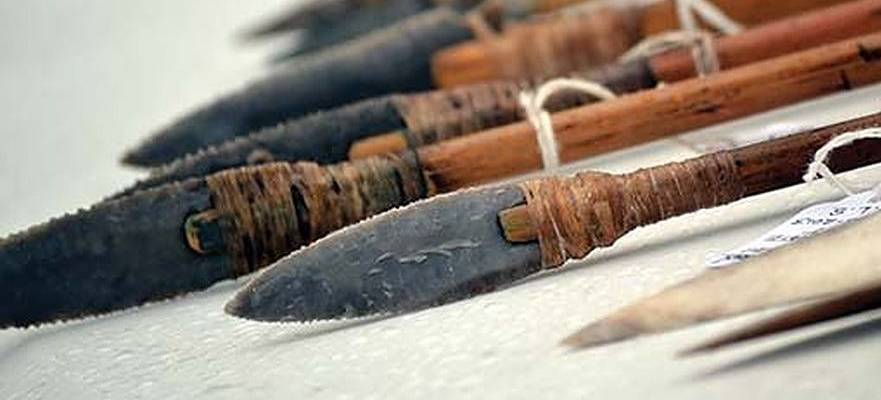Researchers tracked the development of weapons used in the Holy Land and concluded that foreign hitmen were involved.
By Yakir Benzion, United With Israel
While hunting for arrowheads remains a fun pastime for kids, a group of Israeli archaeologists at Tel Aviv University (TAU) take this pursuit very seriously, using the relics as a key tool in understanding the history of the Holy Land.
Researchers from the TAU Department of Archaeology and Ancient Near East Studies traced the development of arrowheads used in and around Israel since 700 BCE and linked it to key historic events dating to the First and Second Temples.
The researchers showed a model that accurately defines the development of arrowhead types starting from the 7th century BCE.
The earliest-known copper-alloy arrowhead had two blades and is often referred to as “Scytho-Iranian arrowheads” appearing in the First Temple period at sites associated the Assyrian military occupation in the Land of Issrael.
The researchers believe these arrowheads were used by mercenaries serving in the Assyrian army or exiles brought to the area from north of the Assyrian Empire. This arrowhead type does not appear in the region after the Assyrian Empire’s retreat.
The study identified a type of three-bladed arrowhead associated with the Babylonians, especially during the military campaigns of Nebuchadnezzar II. This arrowhead has been found at sites destroyed by Babylonians in Assyria and Syria.
The three-bladed head was likely used by Scythian mercenaries fighting for the Babylonians’ service. The Babylonians themselves used it during their military campaign that destroyed the Kingdom Judah and its main cities, most importantly – Jerusalem.
The team suspects that the intensive use of this arrowhead helped the Babylonians conquer their enemies, including the Jews of Judea. These arrowheads were found in excavations at Kibbutz Ramat Rachel in Jerusalem and are evidence of Babylonian presence.
Some of the arrowheads were even used by Jewish rebels during the second revolt against Rome.
Ancient Battles and Fallen Empires
During this project, the TAU experts investigated different arrowhead types used by armies of ancient eastern empires that were found in the destruction layers of archaeological digs from Babylonian and Assyrian assaults on cities.
Other arrowheads were found in camps in which those armies stayed.
“Arrows were a key component in military tactics of the ancient world, and the importance of this weapon is mainly due to its ability to strike the enemy from afar,” said archaeologist Dr. Guy Stiebel.
Classifying the arrowheads in time “gives researchers a new dating tool, which allows connecting the layers and sites in which evidence of battle activities of the empires’ armies [were found], inside and outside the region of Israel,” said Prof. Oded Lipschits.
The researchers showed that the three-bladed arrowhead was used because it was more accurate in flight and inflicted more serious wounds than two-bladed arrowheads
